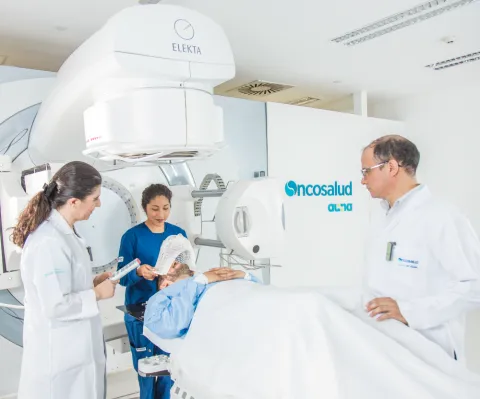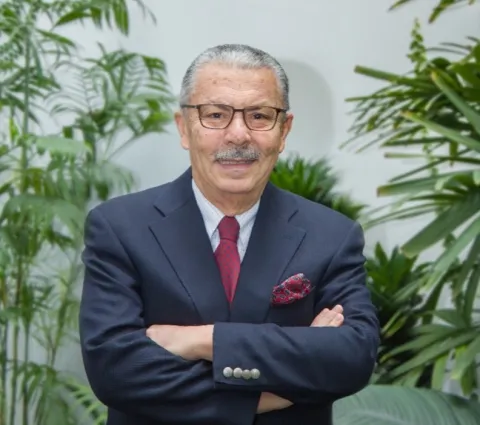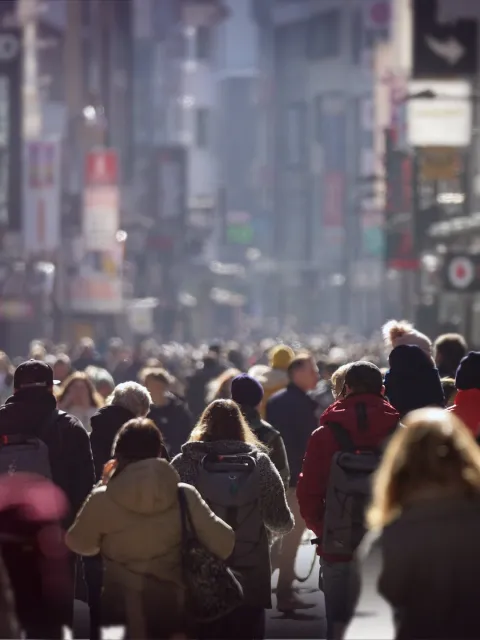COVID-19 and cancer control in Peru: the response of a private oncology centre

Read the original Spanish version
Cancer is one of the top public health problems in many regions of the world; in Peru, it is the leading cause of death. According to Globocan 2020, it is estimated that 69,849 new cases were diagnosed and 34,976 deaths from cancer were recorded in 2020.
Due to its epidemiological profile, the Peruvian population is at high risk for contracting COVID-19 and its complications. The risks of infection and having severe symptoms of COVID-19 are high because we have a significant elderly population and a high prevalence of other serious health problems, such as heart or lung conditions, weakened immune systems, extreme obesity, high blood pressure or diabetes.
Cancer and COVID-19 in Peru
It all started on 6th March, when the first positive case for COVID-19 was officially confirmed in Lima. As of 11th December 2020, there were 979,000 registered cases of infected people, of which 913,000 have recovered and 36,499 have died. The exponential increase in confirmed cases has positioned Peru as the country with the second-most confirmed cases in Latin America and the fifth worldwide.
Peru, like most countries in the world, adopted a series of health, economic and social measures, agreed between the national government and regional governments. The Ministry of Health (MINSA) published regulations to improve the management of this health crisis and implemented strategies to reduce the risk of COVID-19 infection in cancer patients and their caregivers. Measures were taken to standardise procedures flows and follow-ups, in addition to establishing other care strategies for cancer patients, for which a protocol was developed and communicated to all health institutions.
Oncosalud facing the double threat
In the private sector, Oncosalud and the different service centres of Red Auna, which comprises the most important specialised institutions in the management of cancer in Peru, also implemented measures to confront the pandemic. For example, preventive cancer check-ups, which in January 2020 numbered 9,761, suffered a significant reduction in the first half of March when quarantine was declared. Between April and mid-July, no consultations were provided. They restarted on 27th July, when face-to-face consultations were complemented by teleconsultation and the collection of samples at home.
Oncology consultations, including prescription renewals, decreased by 42% in June, calculated with respect to the average of the last semester with production prior to the state of emergency (September 2019 to February 2020). Outpatient chemotherapy applications saw a progressive decrease as of March in our two facilities in Lima, Oncocenter and Clínica Delgado (35% and 26% respectively); While in our service centres in the Camino Real and Valle Sur provinces, Trujillo and Arequipa respectively, there was no marked decrease. The average reduction in all our service centres nationwide has reached 32%.
The number of hospitalisations in our Oncology clinic dropped by 33%, 54%, 47%, and 54% for the months of March, April, May and June respectively, compared to the totals registered in the same months of 2019. This provides an average reduction of 47%. Hospitalisations for surgeries was 40% in 2019 and dropped to 30% from January to June 2020. Hospitalisations for medical treatment went from 33% to 22%, chemotherapies 18% to 21%, emergencies 3.5% to 23% and ablative therapies 4.62% to 3% respectively.
Impact of the pandemic on palliative and pain relief services
In palliative care we have 13 doctors who provide services at various levels of care: Outpatient (Outpatient Consultation), Hospital (Delgado Clinic and Oncosalud Clinic) and Home Care. Five of them were infected by COVID-19. The nursing staff comprises 17 nurses and six were infected. We also have personnel at risk within the team who do not attend face-to-face work. The technical personnel, which numbers 65 people who carry out the daily monitoring of end-of-life patients have been the hardest hit with the infection rates greater than 40%.
Outpatient care fell by 40% during the pandemic (from 5 to only 2 in the week). We had high cancellation rates (more than 30%) and appointments were often deferred more than 10 days. A single doctor was maintained for outpatient care, and remote monitoring was set up for those ongoing patient care and consultations were offered twice a week for new patients who required to be evaluated in person.
Thanks to the efforts of the Oncosalud Palliative Care team, a change in legislation was achieved and DIGEMID (the “Directorate General of Medicines, Supplies and Drugs” at the Ministry of Health) authorised the use of controlled e-prescriptions to dispense narcotics and opioids to patients from the programme, complementing the home delivery of drugs and allowing patients to continue treatment and avoid unnecessary exposure.
As of the end of March, telemonitoring was implemented in Palliative and Pain Relief, leading to better management of appointments and a significant reduction in the number of outpatient consultation cancellations (30% to 5%). Once again, our service was the first in Peru to offer outpatient consultations for patients with pain related to cancer.
Prior to the pandemic, home care was provided Monday to Friday from 8:30 a.m. to 7:00 p.m. by a doctor and a nurse specialised in palliative care. This service was severely impacted since transportation restrictions directly affected drivers and healthcare personnel who did not have their own vehicle, as well as indirectly to patients, by reducing the number of scheduled visits and the time available for home assistance.
Outpatient referrals increased, but the survival time of these patients at home decreased (<20 days average), likewise the referrals in Clinic increased for transferred patients who were in a situation of end of life because it was impossible to discharge under those circumstances.
At the end of April, delivery was possible for patients at home, a situation that caused family members to go less frequently to the Clinic Oncosalud to pick up medicines, significantly reducing the flow of relatives in the pharmacy from 8 a day on average to only 1 per day.
Last update
Tuesday 09 March 2021Share this page



